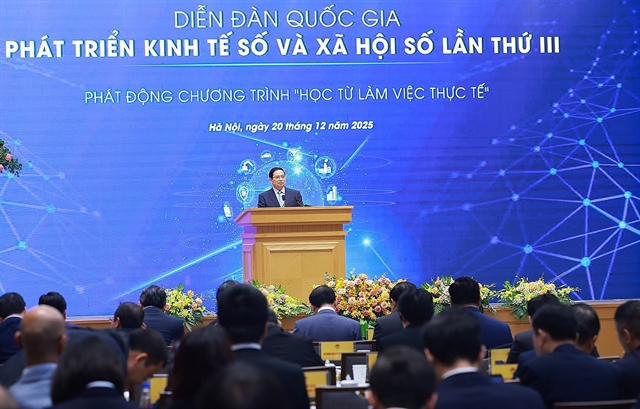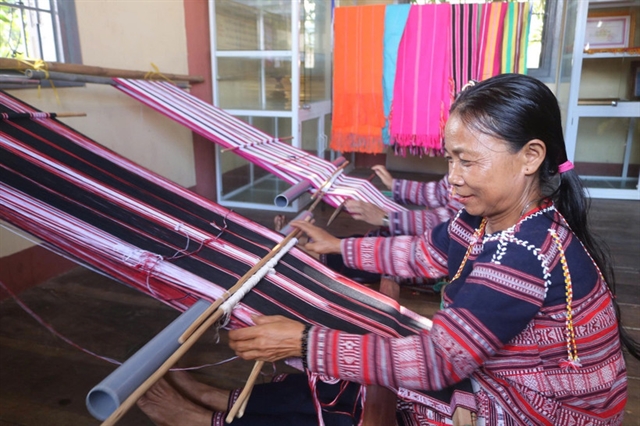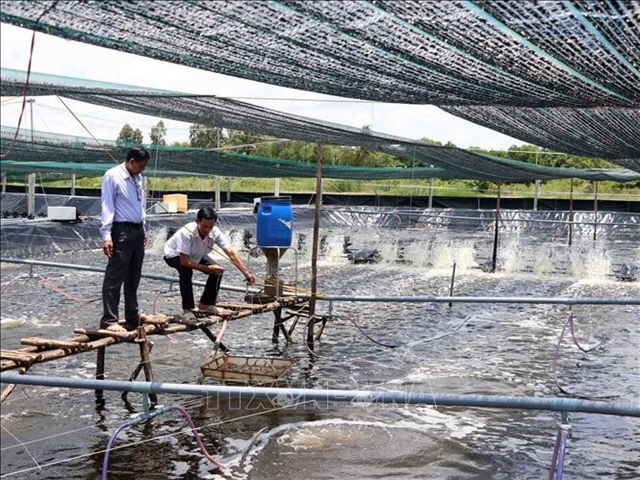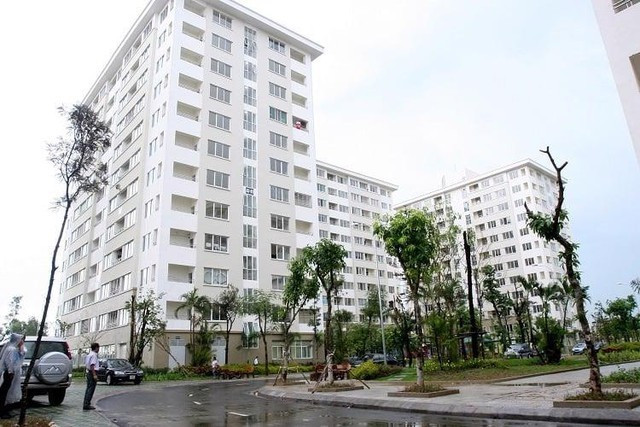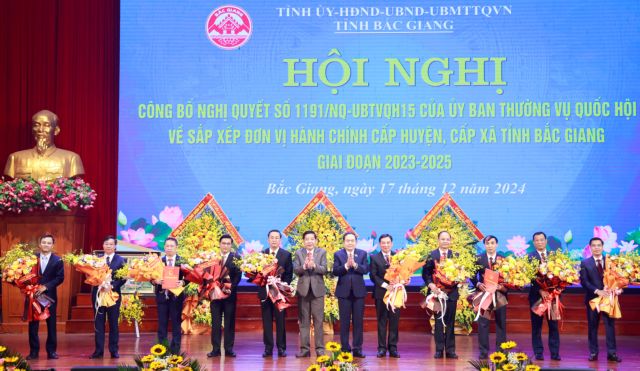 Society
Society
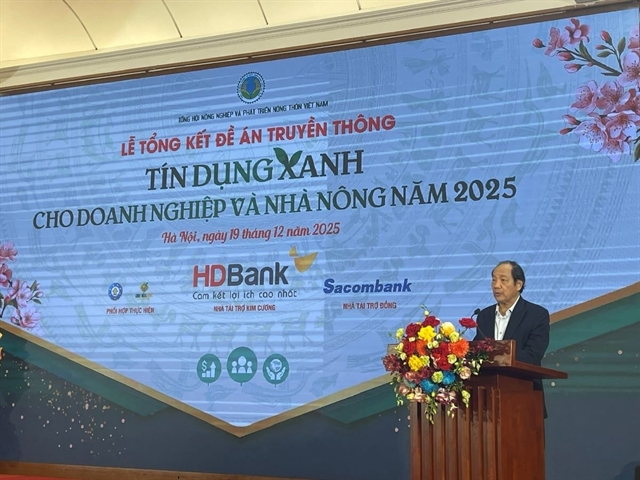
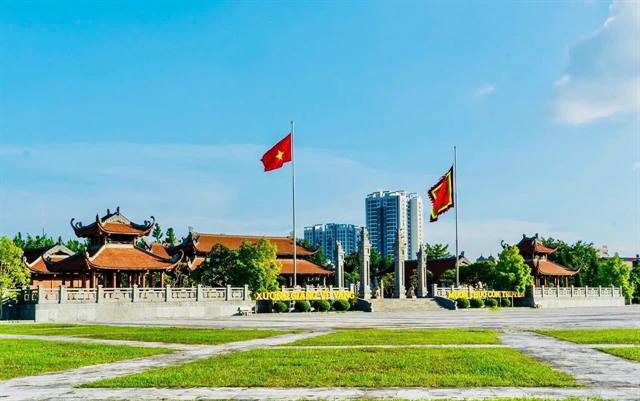 |
| The Xương Giang victory special national relic in Bắc Giang City. |
BẮC GIANG — Bắc Giang Province has planned to reorganise its administrative units in accordance with the realities and directives from the central government on administrative boundary consolidation.
The plan aims to expand urban spaces and create fresh momentum for socio-economic development.
On September 28, the Standing Committee of the National Assembly approved a resolution to reorganise administrative units at the district and commune levels in Bắc Giang Province for the 2023–2025 period.
This resolution serves as a milestone, reflecting broad consensus and enabling the provincial Party Committee to channel resources into urban expansion and pursue a sustainable, prosperous Bắc Giang.
 |
| Bắc Giang Stadium, a national historic relic, where President Hồ Chí Minh addressed officials and residents of Bắc Giang Province (formerly Hà Bắc Province). |
Under Resolution No. 1191, the administrative areas of Bắc Giang City and Yên Dũng District will be merged.
After merging, the city will cover 258.29 square kilometres with a population of over 371,150, quadrupling its area and significantly boosting its potential as a regional urban hub in the northern midland and mountainous region.
Following the resolution’s approval, Bắc Giang City’s Party Committee and People’s Committee swiftly devised plans to ensure a smooth transition, adhering to clear responsibilities, timelines and accountability principles. This administrative restructuring is expected to lay a strong foundation for the city’s growth.
Key changes include the merging of Trần Nguyên Hãn Ward into Ngô Quyền Ward and Lê Lợi Ward into Trần Phú Ward.
Tân An Ward will be established through the merger of Lão Hộ Commune and Tân An Township.
Additionally, 12 new wards will be created by upgrading existing communes, such as Dĩnh Trì, Tân Tiến, Tân Mỹ, Song Mai, Đồng Sơn, Song Khê, Nham Biền, Tân Liễu, Nội Hoàng, Tiền Phong, Cảnh Thụy, and Hương Gián.
Starting January 1 2025, Bắc Giang City will have 31 administrative units, comprising 21 wards and 10 communes.
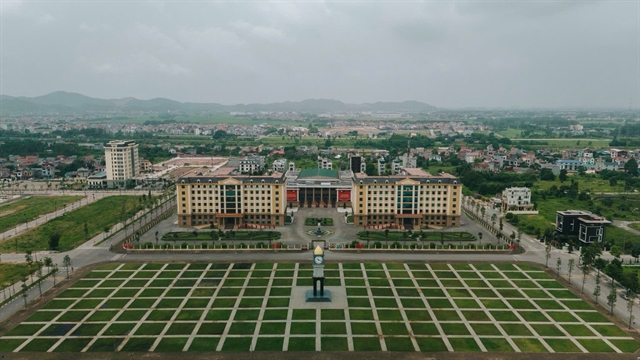 |
| Headquarters of the Bắc Giang City Party Committee and People’s Committee. |
Tân Tiến Commune, set to achieve ward status, reflects the region’s development drive.
Enhanced public services, streamlined procedures, and upgraded infrastructure have already elevated residents’ quality of life. With new residential and commercial developments plans, Tân Tiến Ward is poised to become a cornerstone of the city’s western urban corridor.
The resolution also approves the reorganisation of Lục Ngạn and Sơn Động Districts, marking the creation of Chũ Town as a central urban area in eastern Bắc Giang.
Chũ Town will include five wards and five communes, focusing on high-quality agricultural production, logistics, and tourism.
Meanwhile, the new Lục Ngạn District will include 19 administrative units.
With rich natural resources and a large labour force, the district is set to attract significant investments in manufacturing and processing industries, further boosting the region’s growth.
This administrative overhaul aims to streamline governance, optimise resources, and unlock the province’s potential.
The changes have garnered widespread support from officials and residents, reinforcing confidence in Bắc Giang’s development trajectory.
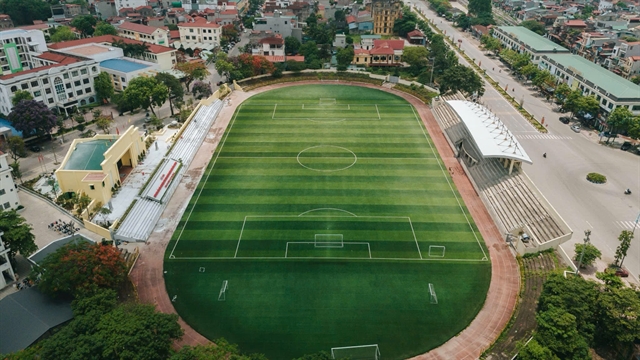 |
| The football stadium in Bắc Giang City. |
A vision for the future
By early 2025, Bắc Giang Province will consist of 10 district-level administrative units, including seven districts, two towns, and one city, alongside 192 commune-level units.
These adjustments position Bắc Giang as a leader in socio-economic development, with many indicators among the nation’s best.
Lục Ngạn District Party Secretary Vương Tuấn Nghĩa highlighted the historic significance of these changes, urging unity and determination to seize emerging opportunities. This vision aligns with General Secretary Tô Lâm’s remarks on Việt Nam’s rise to a new era of growth.
Bắc Giang citizens, such as Ninh Đắc Điệp from Lê Lợi Ward, are optimistic about the province’s remarkable transformation.
From a previously lower-ranked region, Bắc Giang has emerged as a national leader, driven by strong governance and strategic planning.
 |
| Nham Biền Township, Yên Dũng District, Bắc Giang Province. |
As the province embarks on this transformative journey, its leadership continues to prioritise meticulous preparation and efficient resource allocation.
With these bold steps, Bắc Giang is well-positioned to achieve comprehensive and sustainable development, creating a vibrant and prosperous future for its people. — VNS

